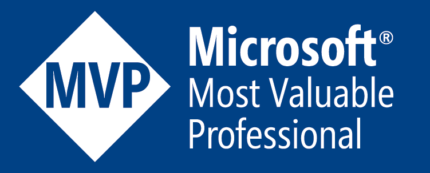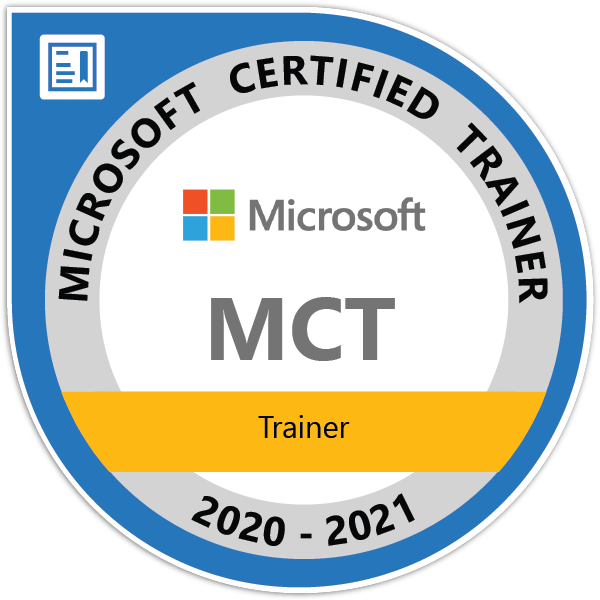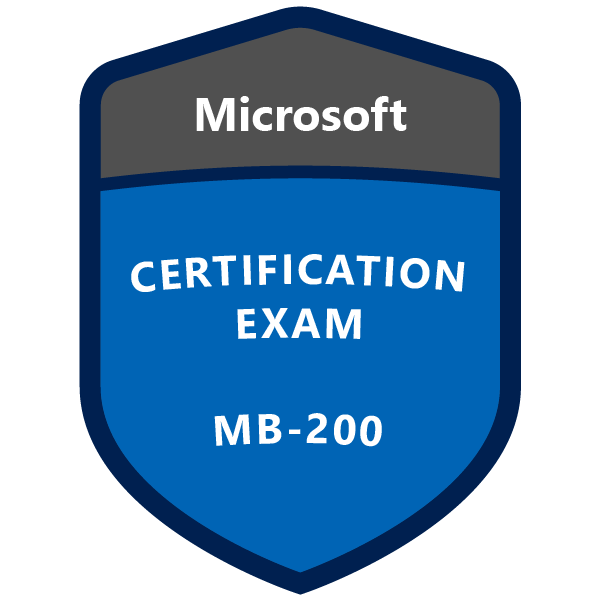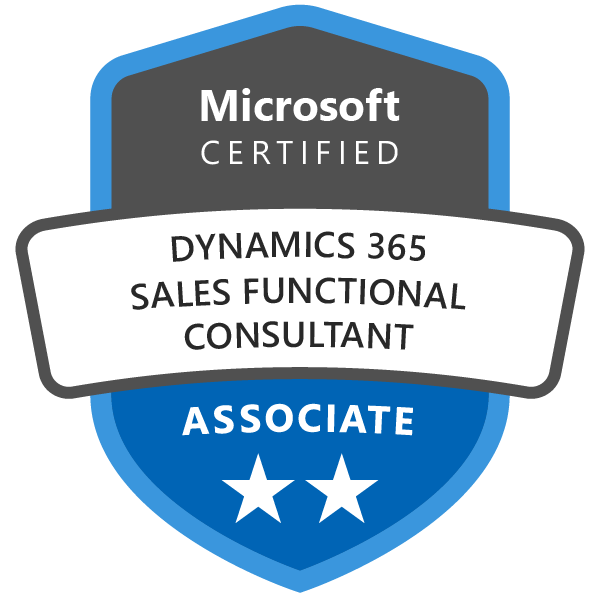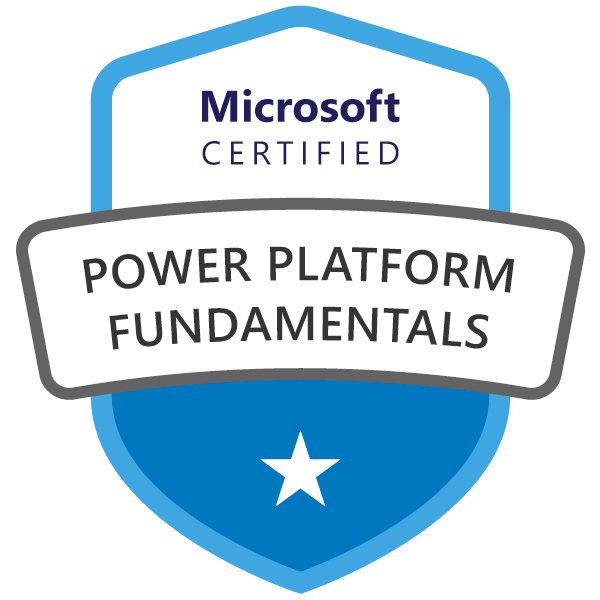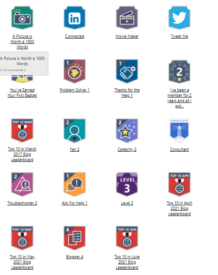Dynamics 365 Outlook Integration Methods

Outlook Integration in Dynamics 365
Introduction
One of the most important reason why people use Microsoft Dynamics is to work with all customer communication activities like emails, phone calls, sms on one place.
There are two ways we can achieve the integration.
| · Server-side synchronization |
| · Dynamics 365 for Outlook |
Here in this session we will lean the below points.
| · Benefits of server-side synchronization |
| · When to use Dynamics 365 for Outlook |
| · How to set up server-side synchronization |
| · How to setup Dynamics 365 for Outlook |
Server-side synchronization
In server-side synchronization, the synchronization happens automatically at the server level wgich is not true if we synchronize records with Dynamics 365 for Outlook. In this case, the we have to have Dynamics 365 for Outlook open to synchronize records.
Benefits of server-side synchronization
- Enables Microsoft Dynamics 365 App for Outlook
With Dynamics 365 App for Outlook (not the same thing as Dynamics 365 for Outlook), Dynamics 365 information appears next to a user’s Outlook email messages or appointments. They can view information about contacts and leads stored in Dynamics 365 and add Dynamics 365 contacts directly from an email message.
- Enables Exchange folder tracking
With folder tracking, users can simply drag email to an Exchange folder to track it automatically in Dynamics 365. Folder tracking works on any mobile device that supports Microsoft Exchange, which means users can track email from just about any device
- Automatic synchronization
When you synchronize records with server-side synchronization, the synchronization happens automatically at the server level. This isn’t true if you synchronize records with Dynamics 365 for Outlook. In this case, the user has to have Dynamics 365 for Outlook open to synchronize records.
- Enables multiple scenarios, including hybrid scenarios
You can use server-side synchronization to connect:
- Dynamics 365 (online) to Exchange Online
- Dynamics 365 (online) to Exchange Server (on-premises)
- Dynamics 365 Server (on-premises) to Exchange Server (on-premises)
- Dynamics 365 Server (on-premises) to Exchange Online
- Synchronize appointments, contacts, and tasks
In addition to email, you can synchronize Outlook appointments, contacts, and tasks.
- Synchronize with POP3 email servers.
You can use server-side synchronization to synchronize Dynamics 365 with Gmail, Outlook.com, Yahoo, and other POP3 email servers. Note, however, that you can’t synchronize appointments, contacts, and tasks with POP3 email servers.
- Integrated mailbox management and resource utilization
You can use the server-side synchronization performance dashboard to quickly monitor mailbox performance across the organization. You can also troubleshoot errors through error logging and reporting.
Dynamics 365 for Outlook
Dynamics 365 for Outlook, the legacy add-in for Outlook, is a full Dynamics 365 client that includes offline capabilities. However, as of the December 2016 update for Dynamics 365 (online and on-premises), the preferred way to use Dynamics 365 and Outlook together is to use Microsoft Dynamics 365 App for Outlook paired with server-side synchronization.
When to use Dynamics 365 for Outlook
- For Offline Capability
If you do use Dynamics 365 for Outlook, server-side synchronization isn’t required since Dynamics 365 for Outlook has its own synchronization agent that runs on the user’s computer.
NOTE : The recommended way to do the synchronization/integration is through server-side synchronization
How to set up server-side synchronization
The below process explains how to setup server-side synchronization.
There are 5 scenarios we can setup server-side integration. Choose one of the following scenarios to configure server-side synchronization for your organization:
- Connect Dynamics 365 (online) to Exchange Online
- Connect Dynamics 365 (online) to Exchange Server (on-premises)
- Connect Dynamics 365 (on-premises) to Exchange Server (on-premises)
- Connect Dynamics 365 (on-premises) to Exchange Online
- Connect Dynamics 365 to POP3/SMTP servers


